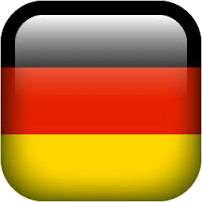What is an IEEE 32-bit Float?

IEEE 32 bit float numbers are used in the CAN communications between input modules and VBOX units.
This format is also used for the representation of channel data from input modules in the VBOX serial data stream.
A floating point number can be represented in the following form:
v = s × 2e × m
Where
v is the number
s is the sign
m is the mantissa
and
s = +1 (positive numbers) when the sign bit is 0
s = −1 (negative numbers) when the sign bit is 1
e = Exponent − 127 (in other words the exponent is stored with 127 added to it, also called "biased with 127")
m = 1.Fraction in binary (1 ≤ m < 2)
For example, 0.15625 can be represented by a 32bit number in the following way:
s = +1
e = 3
(from 124 – 127)
m = 0.25
In this example, v = +1 x 2-3 x 1.25
= +1 x 0.125 x 1.25
= 0.15625
